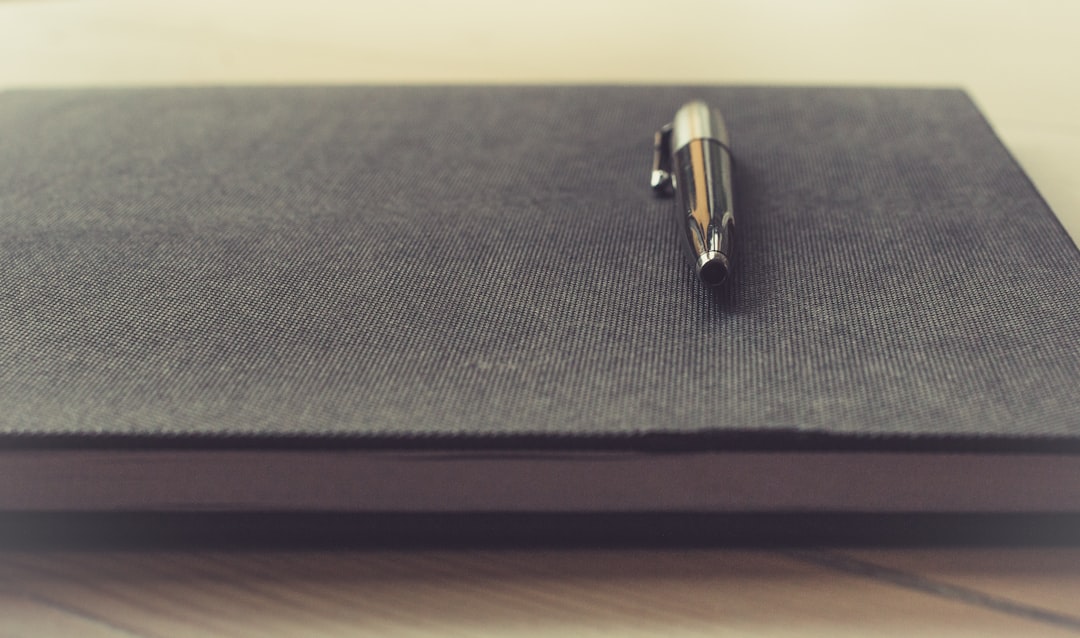
The exterior of your vehicle is more than just a shell it as forms the first impression and protects your investment. Even if you maintain it carefully, your car will show signs of aging: scratches, fading, dents, and dull finishes. Hiring a pro to fix your exterior can deliver excellent results, but the price may surprise you. Fortunately, many exterior fixes are feasible for DIYers if you follow careful steps and avoid common mistakes. We’ll show you how to assess, repair, and polish your car’s exterior without overspending, here are helpful tips .
A thorough initial inspection helps you decide which issues are DIY-friendly and which require professionals. Use good lighting to spot scratches, oxidation, dents, and dull spots. Distinguish between superficial flaws and those that require more extensive repair. This step lets you determine whether to DIY or seek professional help. Before doing anything else, clean the car well so repairs don’t embed grit or debris. Avoid household detergents; use a proper car wash solution with a microfiber wash tool. Test by hand: if paint feels rough, you’ll need to clay-bar before polishing. Decontaminating with clay bar and lube ensures the surface is smooth and safe to polish. Skip this step at your peril-skipping decontaminating may ruin your repair efforts.
Not all flaws are equal-choose your repair method based on how deep they go. Minor blemishes in the clear coat can often be fixed with polish or a dedicated scratch remover. Apply with a polisher or pad, keeping pressure even and overlapping your passes. When the scratch breaches base layer or metal, you’ll need touch-up paint and sometimes primer. A mismatched or poorly applied paint job stands out more than the scratch. Finish by polishing and waxing the spot so it blends with the rest of the car.
Oxidation dulls colors and obscures shine, but it can often be reversed. Start by washing, clay barring, and then using a rubbing compound to strip the oxidized layer. Use a polish to refine the surface and restore clarity. A strong protective layer helps prevent re-oxidation and preserves the renewed finish. Ceramic coatings offer extended protection but demand rigorous prep and application. Swirl marks from washing and water spots from drying are common nuisances. Apply swirl-removing polish with a polisher or pad to reduce haze and fine scratches. For water spots, try a 1:1 water and vinegar solution to dissolve mineral buildup. Use a formulation made for automotive finishes to safely remove tough deposits. Keep wash water separate from rinse water to reduce swirl risk. Restoring clarity in headlight lenses improves both appearance and safety. Use a kit with sandpaper, polish, and coating materials. Tape off surrounding paint before starting to protect the finish.